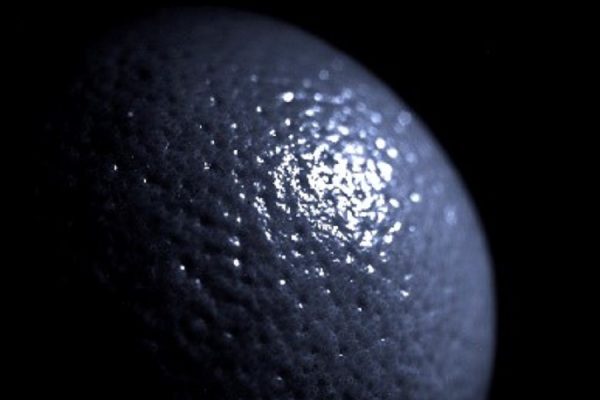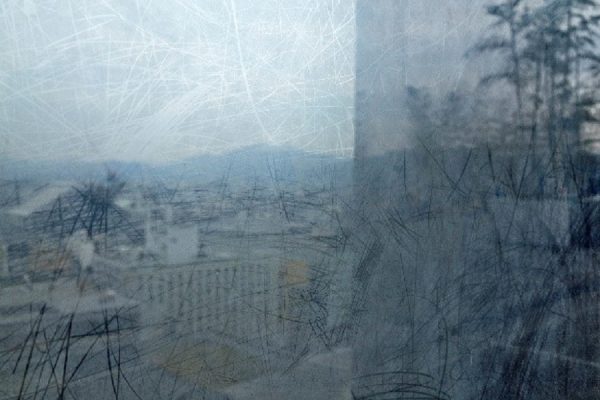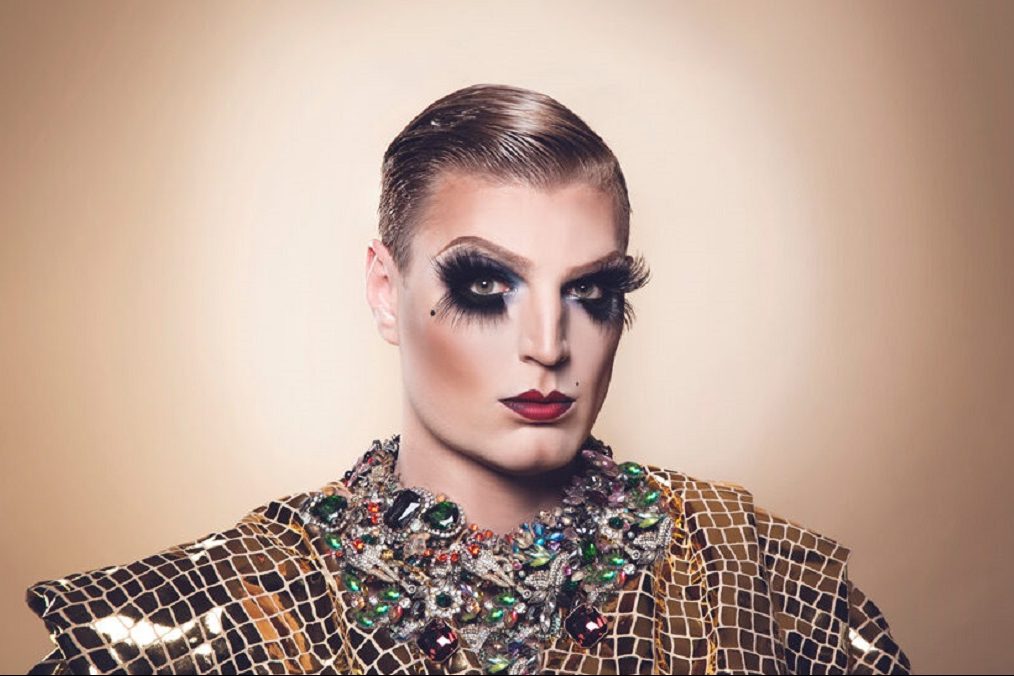
Photography / “Evidence and the Visible” by Catherine Rogers. At the ANU Drill Hall Gallery until August 14. Reviewed by CON BOEKEL.
THIS exhibition surveys Catherine Roger’s work from the ’70s to the present, part of the ANU Drill Hall Gallery’s vision of exhibiting under-exposed artists.
At first glance, the exhibited works are eclectic. Here we have a creative response to William Fox Talbot, the first person to create a negative; there we have a set of fake cyanotypes. Here we have images that sought to harness the photographer’s aesthetics to old-growth forest conservation; there we have a set of images in “Pictures for Waiting Rooms” where the viewer is free to glean, or add, or avoid whatever meanings might be put together. Here we have a manufactured celestial universe; there we have a protest against the abuse of photography and the consequent false imprisonment of Lindy Chamberlain.

Looking further, the exhibition is more generally about photography as evidence – and hence also about the role of the artist as explorer, trickster, advocate, concealer and revealer.
In his launch speech, gallery director Terence Maloon chose to focus on the sense of a poem by Baudelaire “Le Confiteor de l’Artiste”.
Maloon drew attention to Baudelaire’s intimate sense of the Romantic sublime and of the distancing impact of the artist’s responses. This goes to the heart of how a photographer, as artist, mediates the visible and the invisible.
Rogers’ seascapes can be read in this context. In a long series of prints, the sea horizon is always set in the middle. The sky occupies one half of the image, the sea the other half. The evidence of the horizon line is there before our eyes. But there is no such line. If we try to catch the horizon, the “line” recedes. If we try to escape the horizon, the “line” follows us. In one image a sea-mist obliterates the horizon. We “know” the horizon is still there but that it is invisible because of the mist. In another print, separate images of sea and sky are collated, using post processing, at the “horizon: two figments in one.
There is a playful set of images in which Rogers creates a celestial universe. The viewer readily “sees” a cratered moonscape and a star-speckled arm of a galaxy. There is even an “orange planet”. None of these exist except as created images. As a viewer I am engaged in puzzling out these images as trickery.
Some of the fake cyanotypes of found photos depict what purport to be common but real mistakes by beginner photographers. But if the cyanotype style is faked are the “mistakes” faked as well?
Those of us of a certain age carry visual memories of the Lindy Chamberlain scandal. Photography, as a handmaiden to mass media communications, can have horrific consequences when abused as “evidence”. Rogers expresses her anger at this abuse in a series of prints. Some of these are abstract and are informed by an acute sense of design as well as being emotionally powerful. Yet the inevitable question arises. If the press photography misrepresented Chamberlain as looking guilty is Rogers somehow misrepresenting her own anger?
Rogers does all her own work from capture to printing. Her technical knowledge about the physics of light, of capture, of processing and of reproduction is deep. There is a paradox here. The greater the technical mastery, the greater the potential skill at contaminating the evidence.
A consistent theme in Rogers’ oeuvre is the exploration of how the artist might trust their decisions, and of how viewers might trust, or mistrust, the artist, the imagery, the prints and, ultimately, the evidence of their eyes: the evidence of the visible. As for the visual images, so for the accompanying texts.
The exhibition left me grappling with feelings of ambiguity and of being off-balance. In effect, the viewer is left pursuing an ever-receding horizon with no guarantee that there is a far shore.
This exhibition repays multiple visits.
Who can be trusted?
In a world of spin and confusion, there’s never been a more important time to support independent journalism in Canberra.
If you trust our work online and want to enforce the power of independent voices, I invite you to make a small contribution.
Every dollar of support is invested back into our journalism to help keep citynews.com.au strong and free.
Thank you,
Ian Meikle, editor




Leave a Reply